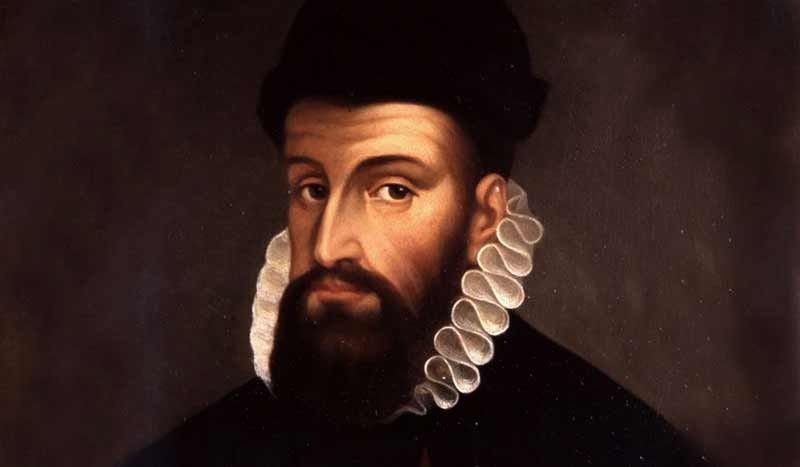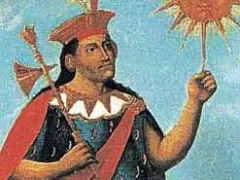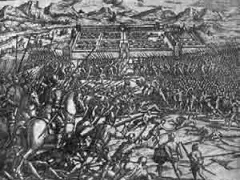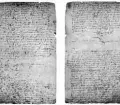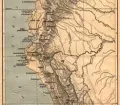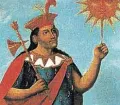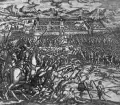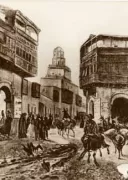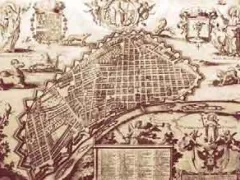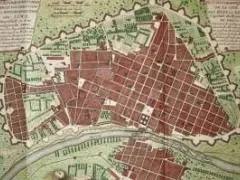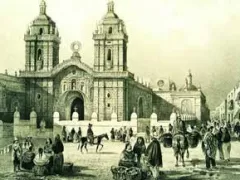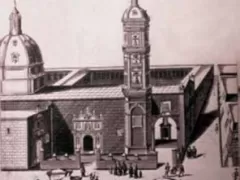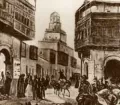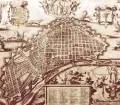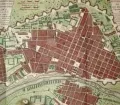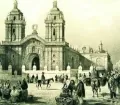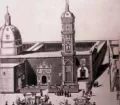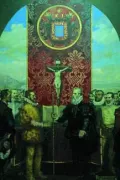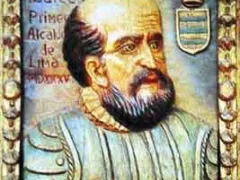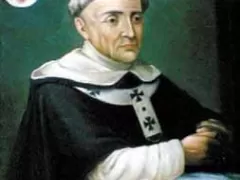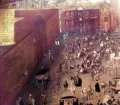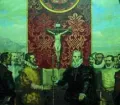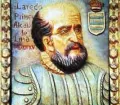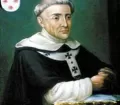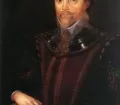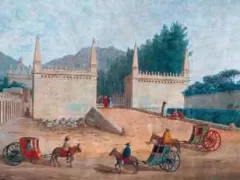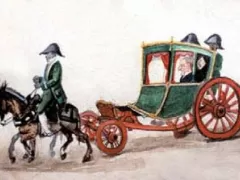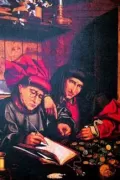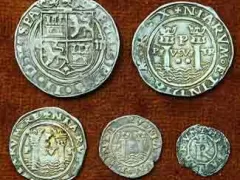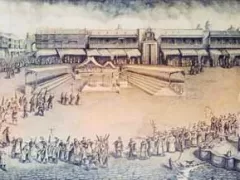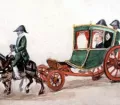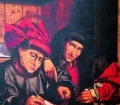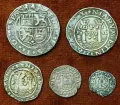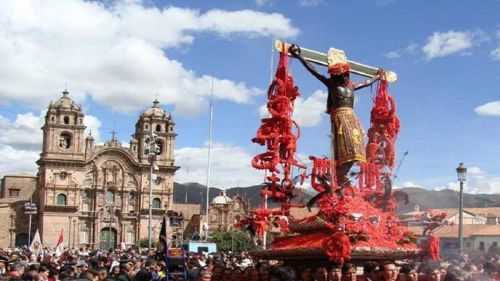After taking Cusco, the capital of the Inca Empire, Francisco Pizarro started looking for a suitable place to establish "his" city. In the dessert stripe between the Pacific Ocean and the Andes in the fertile valley of the Rimac River (and two other rivers nearby that provided fresh water) he found the place he was looking for.
People had been living here for thousands of years and developed the countryside into green oases with extensive fields and fruit plantations. The location offered an easy access to coastal fishing grounds, a good infrastructure and it was close to the natural harbor of Callao. What was soon known as the "City of Kings" or just "Lima", was on New Year 1535 still home to an estimated 150,000 indigenous people in a region called Cuismanco and governed by Taulichusco.
Francisco Pizarro & Lima
On the 18th of January 1535 the conqueror Francisco Pizarro founded Lima on territories and temples of the leader Taulichusco next to the Rimac River. "Pizarro's Palace", later subsequently called "Palace of the Viceroys of Peru" and today Presidential Palace was built on the site of Taulichusco's home. The Cathedral of Lima was build on the grounds of a religious temple. For better or worse, the founding of Lima marked the beginning of a new chapter in Peru's history.
At the beginning Lima only accommodated a dozen conquerors. Nevertheless the design and layout of Limas City Center was based on the model of cities in Spain (especially Seville). The first 'mansions', at this time simple houses with reed roofs, were all built cuadra (block) by cuadra around Plaza Mayor in a chessboard style and with specific rules as determined by Francisco Pizarro himself (exact length of one block = 400 feet/122 m and a precise width of the streets = 40 foot/12.2 m). The indigenous population was forced to slavery labor, building the capital.
The Up's & Down's in Limas Development
In 1536, the new city was attacked by the troops of Manco Inca, the leader of an Inca rebellion against Spanish rule. The Spaniards and their native allies defeated the rebels after heavy fightings in Limas streets. On the 3rd of November 1536 the Spanish Crown confirmed the founding of the "City of Kings" and a year later granted a coat of arms.
Over the next few years Lima experienced very chaotic times due to struggles between different factions of Spaniards. In 1542 Spain designated Lima as capital of the Viceroyalty of Peru and site of a Real Audiencia, the high court, in 1543. From here the Spaniards ruled over vast areas in South America. Lima also became an important religious center. A Roman Catholic diocese was established in 1541 and converted to an archdiocese five years later. The city became the headquarters of the Spanish Inquisition in South America. In 1551 the first university of the Americas was established in Lima, the "University of San Marcos" and in 1584 its first printing press.
At the beginning of the 17th century Lima was the political, economic, cultural and religious center of the Spanish colonies in South America. The Vice-Royals and the Catholic Church were firmly in control. The city flourished under the constant influx of gold and silver which indigenous people had to mine in the Andes under unacceptable conditions. The wealth attracted also many pirates. One of the best known, Sir Francis Drake attacked Limas port Callao in 1579. Many others followed. As consequence a city wall around Lima was built in 1684 and in 1747 works on the Fortress of Real Felipe in Callao started.
However, Lima had to put up with some severe natural setbacks: Earthquakes. The quakes from 1630 and 1687 severely damaged the city, the one from 1746 nearly destroyed Lima completely. But with the wealth of a booming trade network that emerged from ridiculous trade regulations (dictating goods from all parts of the Spanish Empire in South America had to be shipped via the harbour of Callao) and a blossoming mining industry the city was rebuilt even more beautiful. Viceroy Manuel de Amat y Juniet for example built the Paseo de Aguas, Alameda de los Descalzos and the Plaza de Toros de Acho (the oldest bullring still being used in the Americas).


